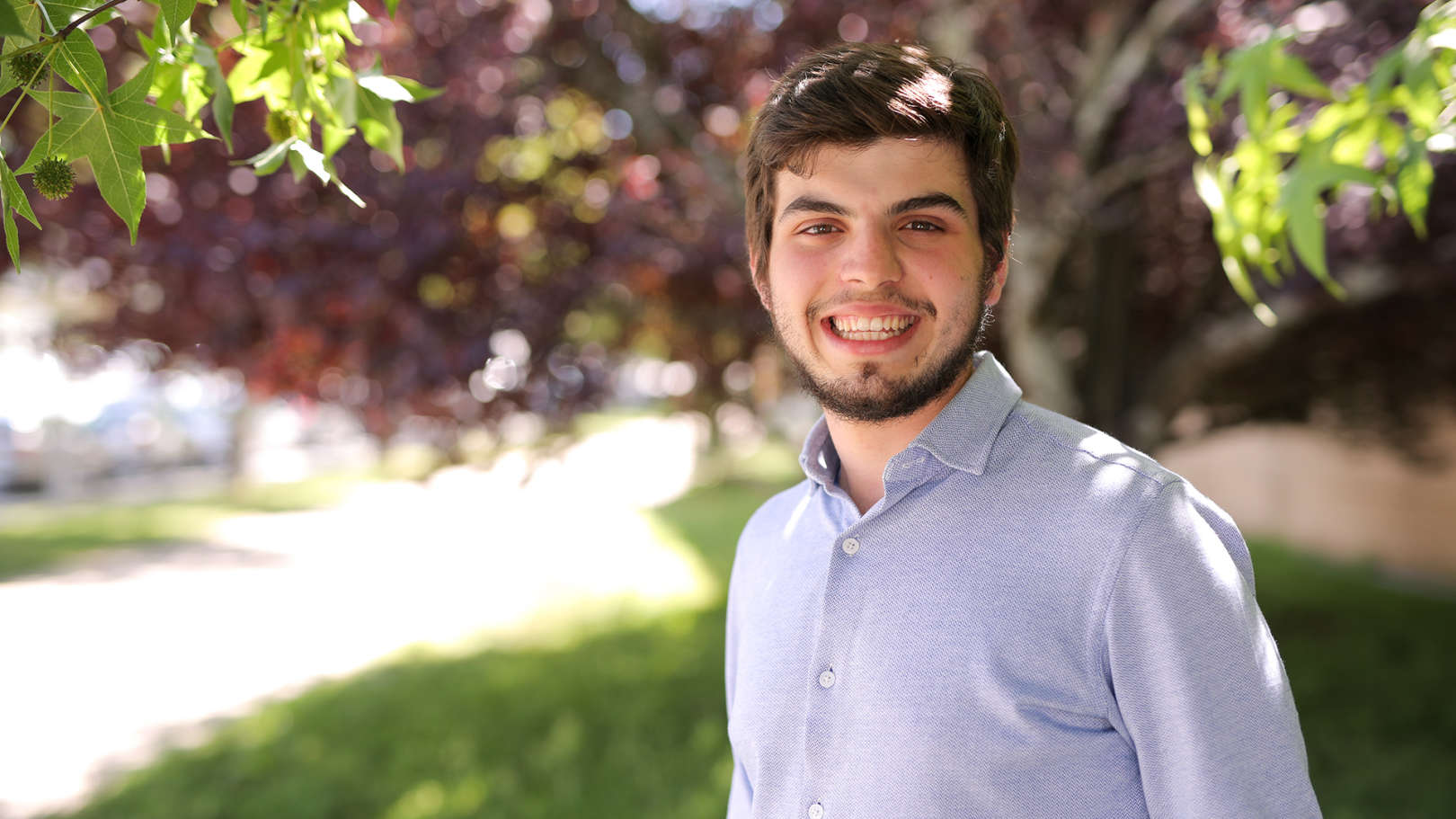About
I was born in Viana do Castelo, Portugal, in 1996. I came to Porto in 2014 to join the Degree in Electrical and Computer Engineering in Instituto Superior de Engenharia do Porto (ISEP). In 2017 I joined the Master in Electrical and Computer Engineering - Specialization in Telecommunications in the same institution.
My master thesis was carried out at INESC TEC, as a curricular trainee. Currently, I am a research assistant at INESC TEC, part of the Optical and Electronic Technologies (OET) group of Centre for Telecommunications and Multimedia (CTM). Currently, I am attending the MAP-tele Doctoral Program in Telecommunications at the Universities of Minho, Aveiro, and Porto.
My main interests include high-speed optical and wireless communications, underwater communications, electronic circuits, optoelectronic devices, and microelectronics.


